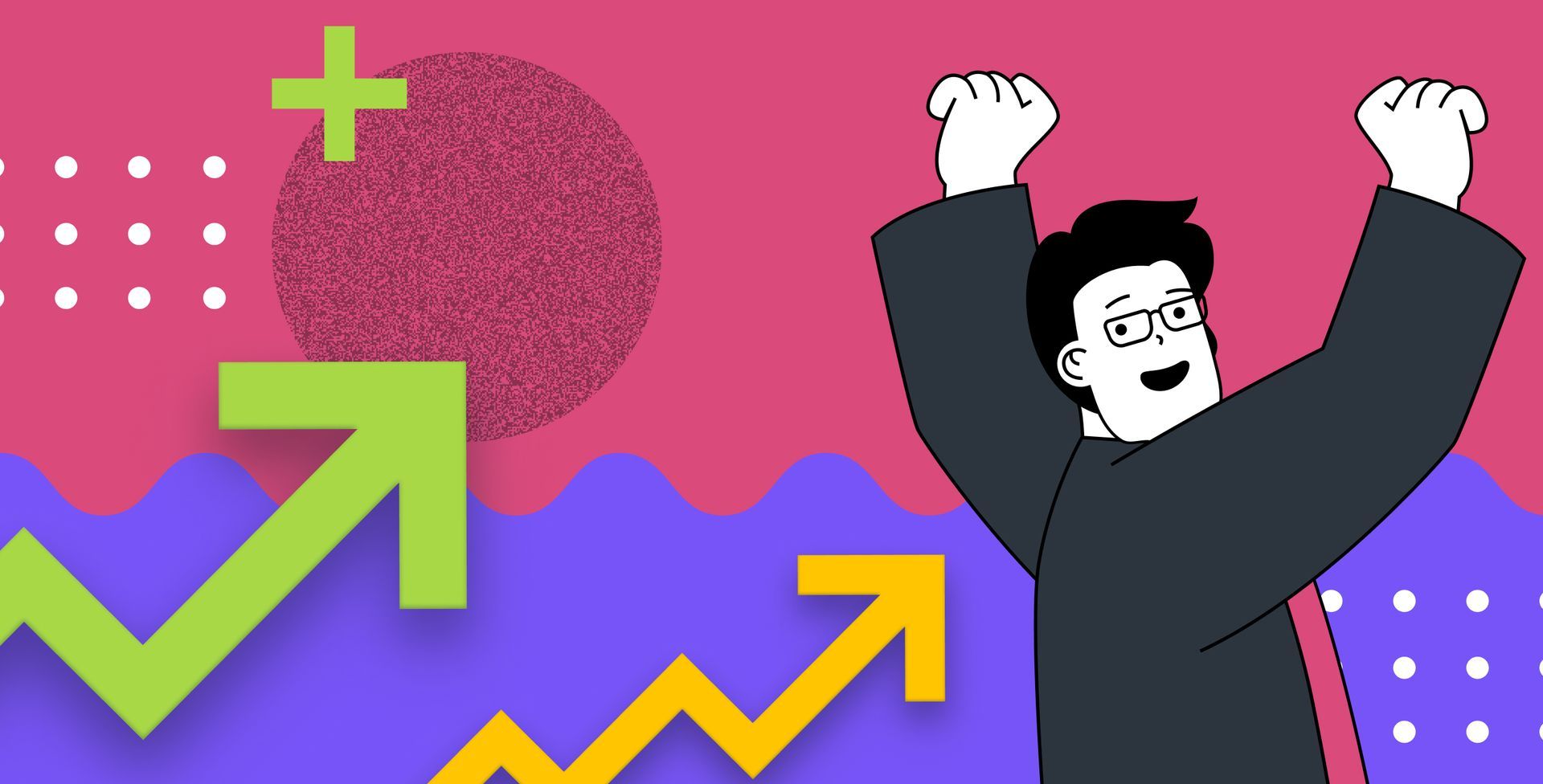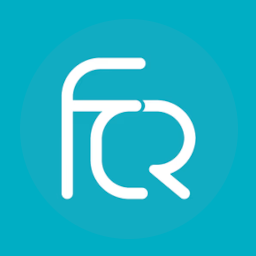How Agencies Can Optimise Client eCommerce Sites
Coral Wood • March 14, 2024
In this day and age eCommerce has quickly emerged as a significant part of business best practise, especially as the demand for being able to purchase products and services online grows rapidly day by day.
As a digital agency, when optimising your clients e-commerce sites, achieving transactional excellence isn’t just a ‘nice to have’ it’s a necessity when considering what a successful business looks like in 2024.
In this blog post we’ll be uncovering the details of transactional excellence and we’ll take a dive into how your agency can create water tight strategies to optimise your clients e-commerce sites, and achieve the high level performance they deserve.
Understanding Client Needs
Speak to your clients
The first step on the road to transactional excellence is to understand your clients needs. You need to have an in depth grasp of what the business goals and objectives are and who their target audience is.
Without this information your strategy won’t have a leg to stand on and the actions you take for your client won’t have a measurable aim. How will you know when you’ve got there if you don’t know where you’re going to begin with?
Uncover what your client wants to achieve in the long and short term, and use those objectives as your drivers towards attaining transactional excellence.
Benchmark e-commerce websites
Website audits
Alongside getting all the detail from your clients, you’ll also need to know what’s out there and what’s already working when it comes to e-commerce sites and platforms. Performing thorough audits on existing sites will help your agency identify pain points, areas for improvements and areas to emphasise on your clients website.
Once you’ve done your benchmarking carry out a thorough audit on your clients site and see how it measures up, you’ll want to analyse the elements of the website like:-
- User interface
- Functionality of the site
- Site navigation
- Checkout process
- Loading speeds
- Mobile responsiveness
- Security measures
In addition to analysing the front end of the website, it’s a good idea to look at how the backend is managed to check out how their inventory is managed, how their orders are processed and which payment gateways they use.
Analytics
You may also want to take website analytics into account and look at user behaviour on the website. Is there a particular part that website visitors get stuck on? Is there a high bounce rate?
Looking at this information will give you a lot of insight into what could be improved on the website too!
Want to prove your impact to your clients?
With Insites, you can run fast, accurate and comprehensive insights into any business’s online presence in 60 seconds. Sign-up for your free forever account here.
Key E-commerce Components and Interactions
To dig even further and take your attention to detail to the highest level, break down the E-commerce ecosystem into components such as the website interface, product inventory, payment gateways and customer support systems. They’re all super important facets of every e-commerce website, so separating them out and creating a thorough process for optimising each part will ensure that your strategy is sure to deliver success.
Website Interface
Analyse the design, the layout, colour contrast, readability and usability of the website and ensure that the website is offering a seamless and aesthetically pleasing user experience.
Ensure the website is easy to navigate and all the pages that visitors will be looking for are easy to find and take a minimal amount of clicks to get to.
Product inventory
Are your clients products pages:
- Easy to get to?
- Easy to read?
- Easy to navigate?
Ensuring the presentation of the product pages is lovely to look at will definitely ramp up engagement and conversions. Furthermore, categorising the products well, optimising product descriptions along with images will help get the products found on search engine results pages too!
And implementing functional and smooth filtering options will be the cherry top of a fantastic user experience.
Payment gateways
Be sure to comb through the payment options that your client has made available to their customers and make sure they’re secure, user-friendly and robust. A huge concern with online shoppers is whether their payments details and personal information is secure.
So using trusted and well known payment methods like PayPal, Stripe and Square will help bump up that trust factor and help with customers perception of your clients site being a reputable one.
Customer Support
Having accessible and effective customer support channels will make all the difference when it comes to new and returning customers alike.
Provide live chat, email or phone support options that are frequently monitored so customers can easily get assistance or receive timely responses to queries and concerns.
Providing a detailed FAQ is also super helpful so customers can find answers without having to wait for a reply.
Strategies for Enhanced Transactional Flow
There’s nothing worse then getting onto a website that’s selling the product you want, but its really hard to navigate, glitchy and long winded to use.
Intuitive navigation & search
Implementing an intuitive navigation ensures website visitors can find exactly what they’re looking for with a low number of clicks, thus decreasing the barriers to sale. Design a logical and user friendly menu structure that presents all the most popular options first. Because although your clients may want to shout about why they’re doing or selling something, the customer won’t always care for that information being at the forefront. Prioritise ease and convenience when it comes to visitors navigating a website.
A sophisticated search function implemented into the site will enable users to quickly find products by entering keywords or phrases. The key here is to use an advanced search feature that is still able to carry out a targeted search while overlooking spelling errors, synonyms, and other variations as well as using filters and sorting options to fine tune the results even further.
Optimising product pages
Properly optimising product pages involves 3 key elements to boost confidence in your clients website visitors.
- High quality images: Being as we humans are visual creatures, it only makes sense that high quality images are a fundamental part of any website. We all want a clear and HD view of the product we’re buying! We want close ups, different angles and maybe even a 4k video too.
- Detailed descriptions: Customers want all the details before they make a purchase – especially if it’s a high ticket item. Providing a detailed description of the product with ingredients, measurements, care instructions, features, specifications – any details of the product, will help the site visitor to make a decision there and then.
- Incorporating customer reviews: Give your site visitors all the information they could want about your clients and their products by adding reviews and ratings to the product pages. Having visibility on the reviews and ratings left on reputable review platforms like Google reviews and Trustpilot can further seal the deal as the visitor won’t have to leave the site to look for reviews.
Leveraging Data Insights
Using analytics tools like Google analytics and Hotjar is crucial for understanding user behaviour and how they interact with the website you’re optimising. Through these tools you can gather insights on things like bounce rates, page views, click-through rates and time spent on site, enabling you to make data driven decisions on modifications that are needed to optimise the site.
In addition to this monitoring conversions will help your agency understand the effectiveness (or not as the case may be) of your marketing strategy and pinpoint the ares that need some TLC. With this gold-dust (data) your agency can make better informed decisions on where to put the budget and how to optimise your clients websites for increased business!
Fine-Tuning Checkout Processes for Maximum Efficiency
Simplify the checkout
It’s absolutely imperative that your agency gets into the swing of fine tuning checkout processes for your clients eCommerce websites. With the current average cart abandonment rate standing at 70.19% you don’t want your clients websites contributing to that metric!
Reducing the most amount of friction you can from the checkout process will help with conversion rates tenfold. A few things you can do to make the checkout super slick is:
- Minimise the number of form fields to fill out
- Offer guest checkout options
- Provide a clear and intuitive checkout flow
- Try to keep most of the forms on one page (no one wants an 8 page checkout!)
- Make any important checkout information concise and clear
Implement secure payment gateways
As previously mentioned, you will want your clients websites to make the best impression possible when it comes to people parting with their pennies.
Implementing secure and robust payment gateways that people trust is a sure fire way to get more sales and achieve that transactional excellence. In addition to this, offering multiple payment gateway options is even better, as not everyone will have heard of your chosen payment gateway.
Furthermore, providing multiple payment methods such as credit/debit cards, digital wallets, and alternative payment solutions like Apple Pay or Google Pay will help your clients to instill confidence in their website visitors by accommodating different payment preferences thus reducing friction even more during checkout. Improving user experience and leading to expansion of their customer base and … You guessed it. More conversions!
Conversions for everyone!
Monitoring, Testing, and Iterating for Long-Term Success
You’ve made the changes to optimise your clients eCommerce websites and that’s great but don’t rest on your laurels! You need to continue monitoring and exploring different strategies to make sure your client transactional sites are on their A-game!
A/B testing
Create A/B tests to experiment with different design concepts, copywriting styles, ads and marketing strategies.
This involves sending out two versions of a web page or marketing campaign and comparing how the two are received and seeing which one performs better.
Experimenting with calls to action, colours and layouts will help your agency determine which elements work best so you can better optimise your marketings efforts for the future.
Monitoring performance metrics
It should be a part of your regular check ins and auditing to monitor key performance metrics like website traffic, bounce rates, conversion rates and average order value. If you start to see drops in these metrics, it allows you to refresh and rejig your strategy and you can nip it in the bud before it becomes a problem.
Now go achieve that transactional excellence for your clients!
We promise, they’ll love you for it.
To recap, these are the steps we outlined in this post to help you on your way:
- Understanding Client Needs
- Key E-commerce Components and Interactions
- Strategies for Enhanced Transactional Flow
- Leveraging Data Insights
- Fine-Tuning Checkout Processes for Maximum Efficiency
- Monitoring, Testing, and Iterating for Long-Term Success
Happy auditing!
 The Insites Team
The Insites Team



























